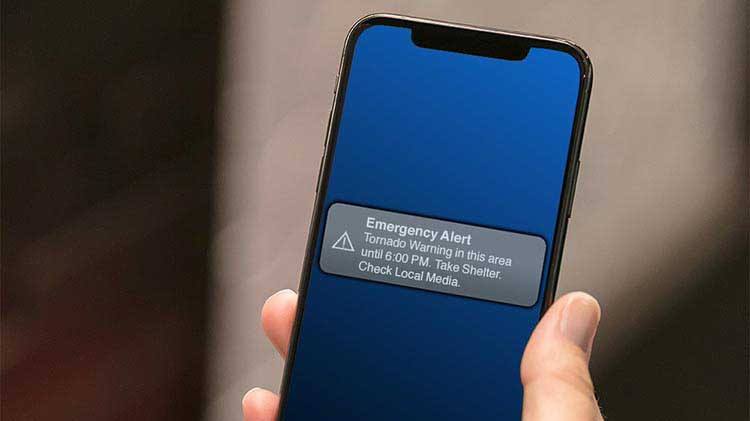What to do during a tornado
If your area is under a tornado watch or tornado warning, it's time to be prepared and take action. Keep these tornado safety tips in mind.
Tornado watches and warnings can happen quickly, so understanding the differences between them now, and knowing what to do during each, can help you and your family ride out the storms safely.
Tornado watch vs. warning
What is a tornado watch?
A tornado watch means a tornado is possible and the weather conditions are favorable for the development of severe thunderstorms and multiple tornadoes in and around the watch area. It doesn't mean a tornado has been sighted. If you have children, it's important to talk to them before a watch or warning so they can also be prepared, and understand what is considered a safe shelter.
What to do in a tornado watch
- Be ready to take cover in your tornado safe space.
- Make sure your safe space has the necessary supplies like:
- An emergency kit
- A first aid kit
- A NOAA emergency weather alert radio
- Consider a bike helmet to help with head protection
- Gather anything additional you might need such as:
- Your purse or wallet including your keys, identification and credit cards
- Your phone, with a weather-alert app to keep you up-to-date on current conditions
- Any medications you take
- Your shoes
- Consider moving small, caged pets to your safe area. For uncaged animals, put their collars and leashes on and be ready to move them to your safe area, too.
- If you're in a car or outdoors, consider finding a permanent structure where you can take shelter.
What is a tornado warning?
A tornado warning is more dangerous than a watch and means a tornado rotation has either been sighted or identified by weather radar.
What to do in a tornado warning
- Seek shelter right away.
- Indoors:
- In a home with a basement that isn't prone to flooding, stay away from windows and under sturdy protection.
- Remember to bring your pets.
- Take additional cover by shielding your head and neck and wrapping yourself in a blanket. A mattress could provide extra protection, too.
- In an office or apartment building, go to the lowest level possible and in an inner hallway, stairwell or room that's away from windows.
- If you're in a large open building like a gymnasium or church and can't leave, take cover under a sturdy structure in case the roof collapses.
- In a mobile home, go to an underground shelter or a sturdy, permanent structure you can reach quickly.
- In a car or outdoors:
- Don't try to outrun a tornado. Find the nearest solid shelter immediately.
- If there is no shelter nearby, get out of the car and take cover in a low-lying area, like a ditch. Get as close to the ground as possible, cover your head and watch for flying debris.
- Indoors:
Anytime you're under a tornado watch or warning, be sure to listen to NOAA Weather Radio or a local alert system for current information and instructions.
If you've been affected by the recent tornado in your area and need to report your claim, text the word “CLAIM” to 62789 to receive a link or you can report easily through statefarm.com®, our State Farm mobile app, contacting your State Farm agent or calling 800-SFClaim 800-732-5246800-732-5246.
If you determine your home sustained damage, to protect your property from further damage or loss, be sure to make reasonable and necessary temporary repairs. Keep an accurate record of repair expenses along with any photos of damage. If you have a covered loss, these repairs may be reimbursed by State Farm.
